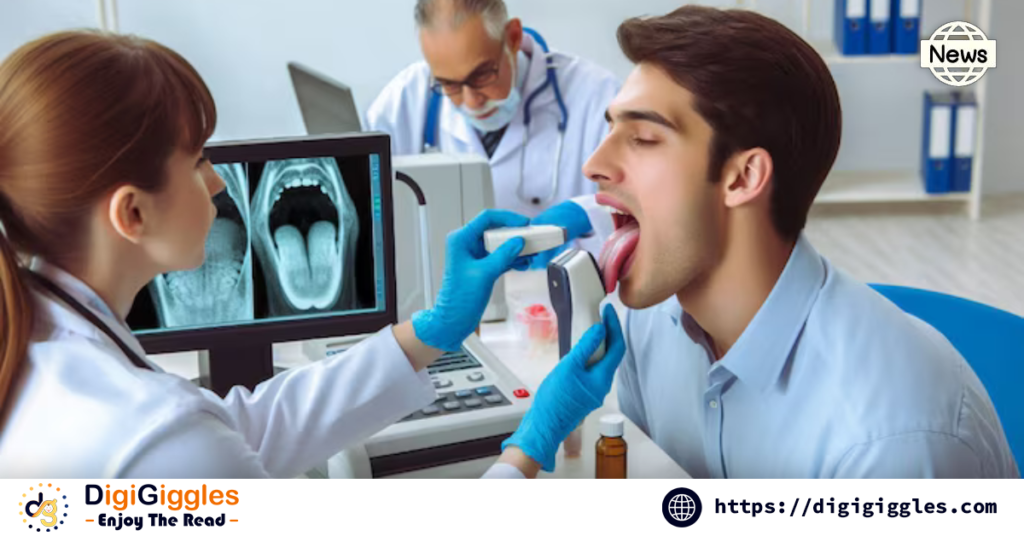
In a groundbreaking development, researchers have unveiled a revolutionary AI model capable of diagnosing diseases by simply analyzing a photograph of a person’s tongue. This cutting-edge technology promises to transform the landscape of medical diagnostics, offering a non-invasive, rapid, and highly accurate method for detecting various health conditions. The technology, which blends advanced machine learning algorithms with traditional medical knowledge, has been in development for several years. Researchers drew upon centuries-old principles of tongue diagnosis, a practice rooted in ancient Chinese medicine, which views the tongue as a mirror of the body’s internal health. By analyzing the color, texture, and shape of the tongue, practitioners have long believed they could assess a person’s overall health. However, this practice was often subjective and dependent on the practitioner’s experience and expertise.
The newly developed AI model eliminates the subjectivity associated with traditional methods by using a vast dataset of tongue images correlated with medical records. The system has been trained to recognize subtle patterns and anomalies that might escape the human eye, offering a level of precision that was previously unattainable. The AI can identify a wide range of conditions, including digestive issues, cardiovascular diseases, and even early signs of serious illnesses like diabetes and cancer. The AI model can be integrated into a smartphone app, allowing users to simply snap a picture of their tongue and receive a preliminary diagnosis within seconds. This innovation could be particularly beneficial in remote areas with limited access to healthcare facilities, enabling early detection and prompt treatment of diseases.
Dr. Rajesh Kumar, one of the lead researchers on the project, expressed his excitement about the potential impact of the technology. “This AI model has the potential to democratize healthcare. It brings diagnostic capabilities to the fingertips of millions, breaking down barriers to access and ensuring that everyone, regardless of their location or economic status, can benefit from early detection and treatment.” The researchers are now focusing on expanding the AI’s capabilities to detect an even broader range of conditions. They are also working on refining the model to ensure that it can provide personalized recommendations based on an individual’s unique health profile. Despite its promise, the AI model is not intended to replace traditional medical consultations. Instead, it serves as a supplementary tool that can provide valuable insights and encourage individuals to seek professional medical advice when necessary. As with any medical technology, the researchers emphasize the importance of using the AI as part of a broader healthcare strategy, rather than relying on it as a standalone diagnostic tool.
The introduction of this AI model marks a significant milestone in the intersection of technology and healthcare. As the model continues to evolve, it holds the promise of making healthcare more accessible, efficient, and personalized, potentially saving countless lives through early detection and intervention. This innovation is a testament to the power of AI in transforming the way we understand and manage our health in the 21st century.